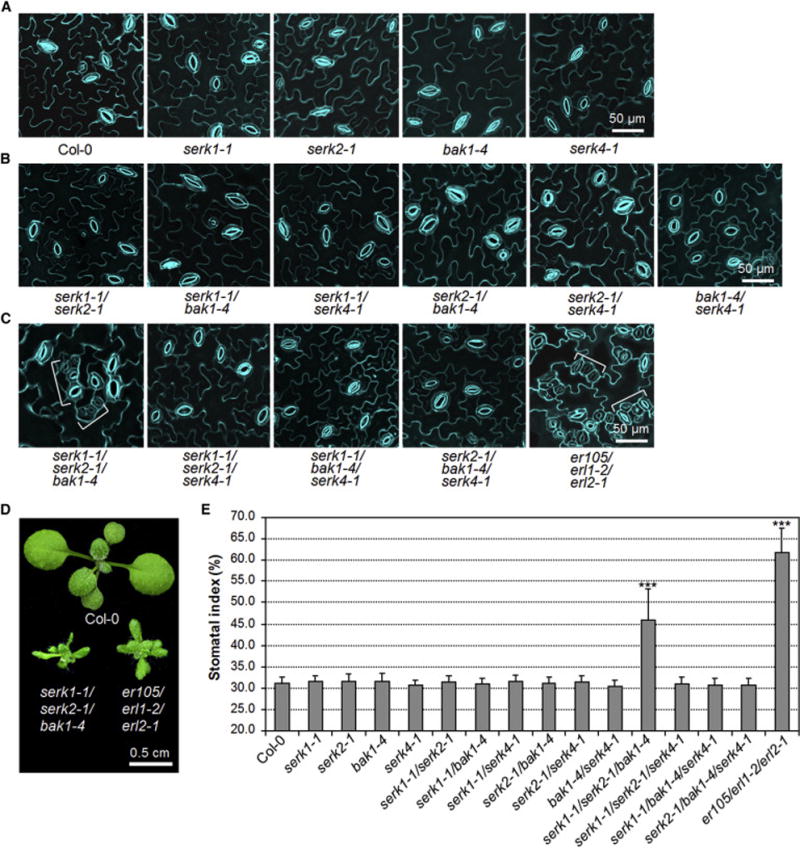Figure 5. Interactions between SERK and ER family RLKs.

(A) BAK1 associates with ER and ERL1 in pBAK1∷BAK1-GFP/pER∷ER-FLAG and pBAK1∷BAK1-GFP/pERL1∷ERL1-FLAG transgenic plants. Protein extracts from transgenic plants were immunoprecipitated with α-GFP antibody (IP: α-GFP), and immunoblotted with α-FLAG (IB: α-FLAG) or α-GFP antibody (IB: α-GFP) (top two panels). The protein inputs are shown with immunoblotting before immunoprecipitation (bottom two panels). The pER∷ER-FLAG and pERL1∷ERL1-FLAG plants were used as controls here. (B) EPF2 induces the association of ER with SERKs in Arabidopsis protoplasts. SERK-GFP and ER-HA were transiently co-expressed in Arabidopsis protoplasts. After protoplasts were treated with or without 1 μM EPF2 for 5 min, protein extracts were immunoprecipitated with α-GFP antibody (IP: α-GFP), and immunoblotted with α-HA (IB: α-HA) or α-GFP antibody (IB: α-GFP) (top two panels). The protein inputs are shown with immunoblotting before immunoprecipitation (bottom two panels). (C) EPF1 induces the association of ERL1 with SERKs in Arabidopsis protoplasts. (D) SERKs associate with TMM in Arabidopsis protoplasts. Protoplasts were co-transfected with SERK-GFP and TMM-HA, and then treated with or without 1 μM EPF2 for 5 min. The experiments were repeated three times with similar results. (see also Figure S6A).
